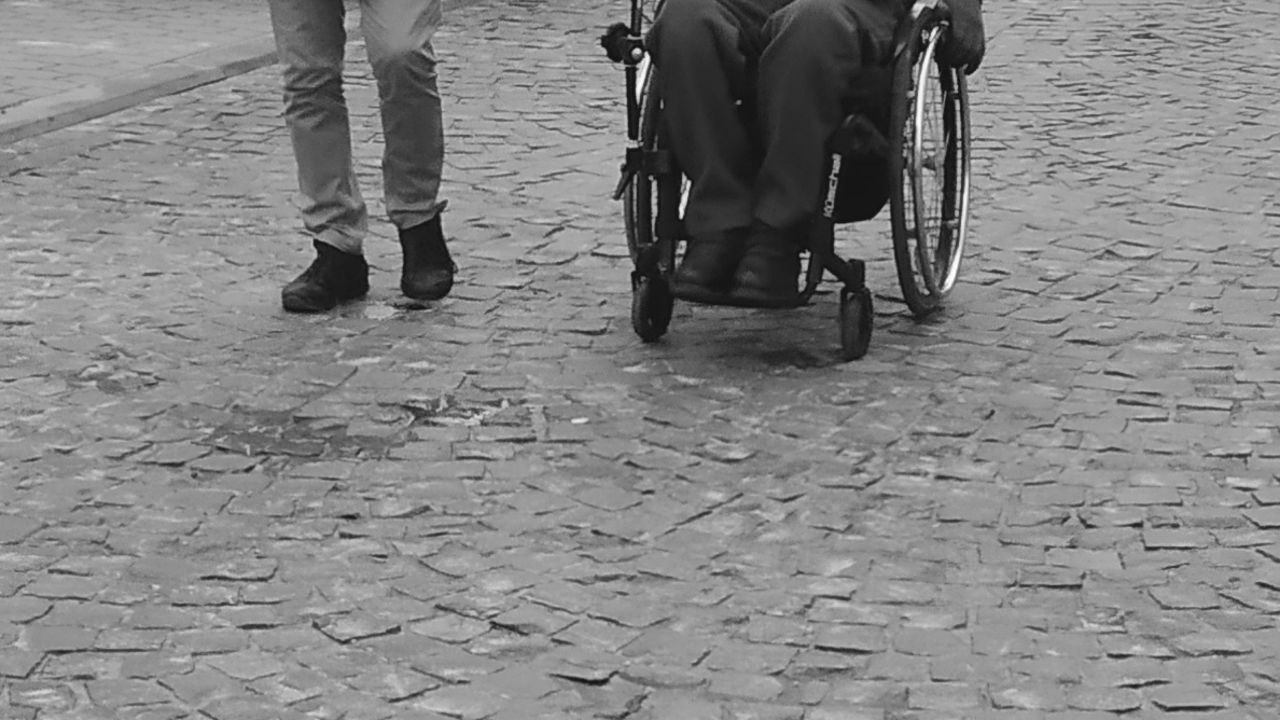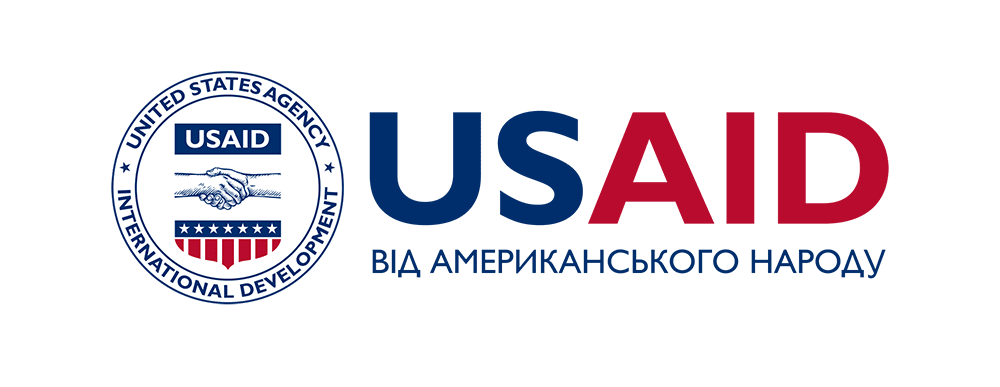
«Barrier-free society - as an element of mutual respect between people and the key to community development»
About project
Executive of the project: Association Lviv Tourist Board.
Project partners: NGO "Rehabilitation of Persons with Disabilities"; Museum of Metropolitan Andrey Sheptytskyi.
Geography of implementation: Lviv, Volyn, Zakarpattia, Rivne regions, in particular the communities of the cities: Lviv, Zolochiv, Lutsk, Uzhhorod, Rivne.
Project implementation period: from October 17, 2022 to June 17, 2023.

The project «Barrier-free society - as an element of mutual respect between people and the key to community development» was implemented by Association Lviv Tourist Board and became possible thanks to the United States Agency for International Development (USAID) and the generous support of the American people through USAID Project «HOVERLA». The contents of this website do not necessarily reflect the views of USAID or the United States Government.
The goal of the project is: improving the conditions of inclusiveness and barrier-free environment of cultural and historical heritage and other tourist objects of the western region of Ukraine, with the possibility of reproduction throughout the territory of Ukraine, which will contribute to equal accessibility and attractiveness of services in the spheres of culture and tourism for the entire population and at the same time create opportunities for economic recovery and growth at the local level.
As part of its implementation, the following will be carried out: An audit of the accessibility of tourist facilities, programs, and plans for the creation of inclusive spaces at the level of regions and communities will be analyzed, and relevant recommendations will be developed to improve accessibility. The Association Lviv Tourist Board will also create a map of cultural-historical, touristic objects of the target areas with information about their inclusiveness and an inclusive touristic and cultural guide for people with visual impairments. Also, a pilot creation (following the example of the Museum of Metropolitan Andrii Sheptytskyi) of an inclusive creative space with a universal design for people with disabilities and groups with reduced mobility will be implemented.
According to the UN Convention on the Rights of Persons with Disabilities, the ability to use access to monuments and objects of cultural significance is a collective human right. Ukraine joined the Convention in 2010, but the problem of accessibility of cultural heritage for persons with disabilities in the country has not been adequately resolved.
“In the Western region of Ukraine, more than 4,500 buildings dating from the 12th-20th centuries are subject to protection. They make up to 30% of all monuments located on the territory of Ukraine. However, the region’s main problem remains the inaccessibility of monuments of architectural heritage both for residents and tourists with disabilities or people with reduced mobility. As part of the implementation of the project, we will work to ensure that the tourist infrastructure meets the technical requirements of barrier-free access,” - Andrii Matselyukh, director of the Lviv Tourism Development Association.
As part of the implementation of the project, among the number of other measures, there were:
- We held meetings / round tables in the five cities to establish a partnership between the Association Lviv Tourist Board, the NGO "Rehabilitation of Persons with Disabilities," and local experts in communities, including persons with disabilities living in the Partner communities in Target oblasts.
- Were conducted 35 public audits of accessibility of cultural and historical monuments and main tourist sites, and professional analysis of the tourism potential of communities was provided.
- Сreated five concepts of tourist routes ensuring the accessibility/barrier-free cultural and historical monuments and major tourist sites of Target Oblasts based on the audit results.
- We Analyzed 15 barrier-free of Programs for tourism development and Plans of activities for 2021-2022 regarding the creation of inclusive spaces at the level of Target Oblasts and communities. Appropriate analytical and legal recommendations/reports were developed to improve accessibility in communities following the National Strategy for the Development of a Barrier-Free Environment in Ukraine until 2030.
- We Developed and conducted a comprehensive All-Ukrainian School of Inclusiveness (4 online classes/16 lectures/over 250 students/89 online information and consulting services).
- We created an interactive map and an inclusive site of cultural and historical objects of the Target Oblasts (of the cities Rivne, Lutsk, Uzhhorod, Lviv, and Zolochiv) with up-to-date information on their barrier-free/accessibility (https://lart.lviv.ua/uk).
- We created a database of cultural and historical sites and other touristic sites of Target Oblasts with information on the physical and information accessibility.
- We Developed 100 copies of an inclusive tourist and cultural guidebook for the blind and visually impaired (large print and Braille alphabet/universal design/audio-sounding/relief-tactile map of Ukraine) – a joint guidebook about tourist magnets of the cities Uzhorod, Rivne, Lutsk, Lviv, and Zolochiv.
- We created the pilot (on the example of the Museum of Metropolitan Andrei Sheptytsky) of an inclusive creative space with universal design for people with disabilities and low mobile groups. The following activities have been taken: created a strategy/marketing plan to ensure a barrier-free environment. We Completed technical documentation to provide a barrier-free environment for the Museum. We purchased and installed audio-video equipment to create inclusive accessibility of museum services and online broadcasts of barrier-free cultural projects. We Created inclusive/barrier-free tours of the Museum. We made an inclusive historical-tourist film about the Museum for people with disabilities (accompanied by sign language and audio description of the film). Created tactile tour for blind museum visitors: installed a tactile (relief) mnemonic plan of the Museum; tactile signs/direction indicators for visually impaired museum visitors combined media plates using the Braille font with a voice description of the exhibits for blind persons of museum visitors; purchased and installed audio guides.
- Marketing initiatives have been implemented to promote barrier-free access to cultural and historical heritage for low-mobility groups and people within the Target Oblast.